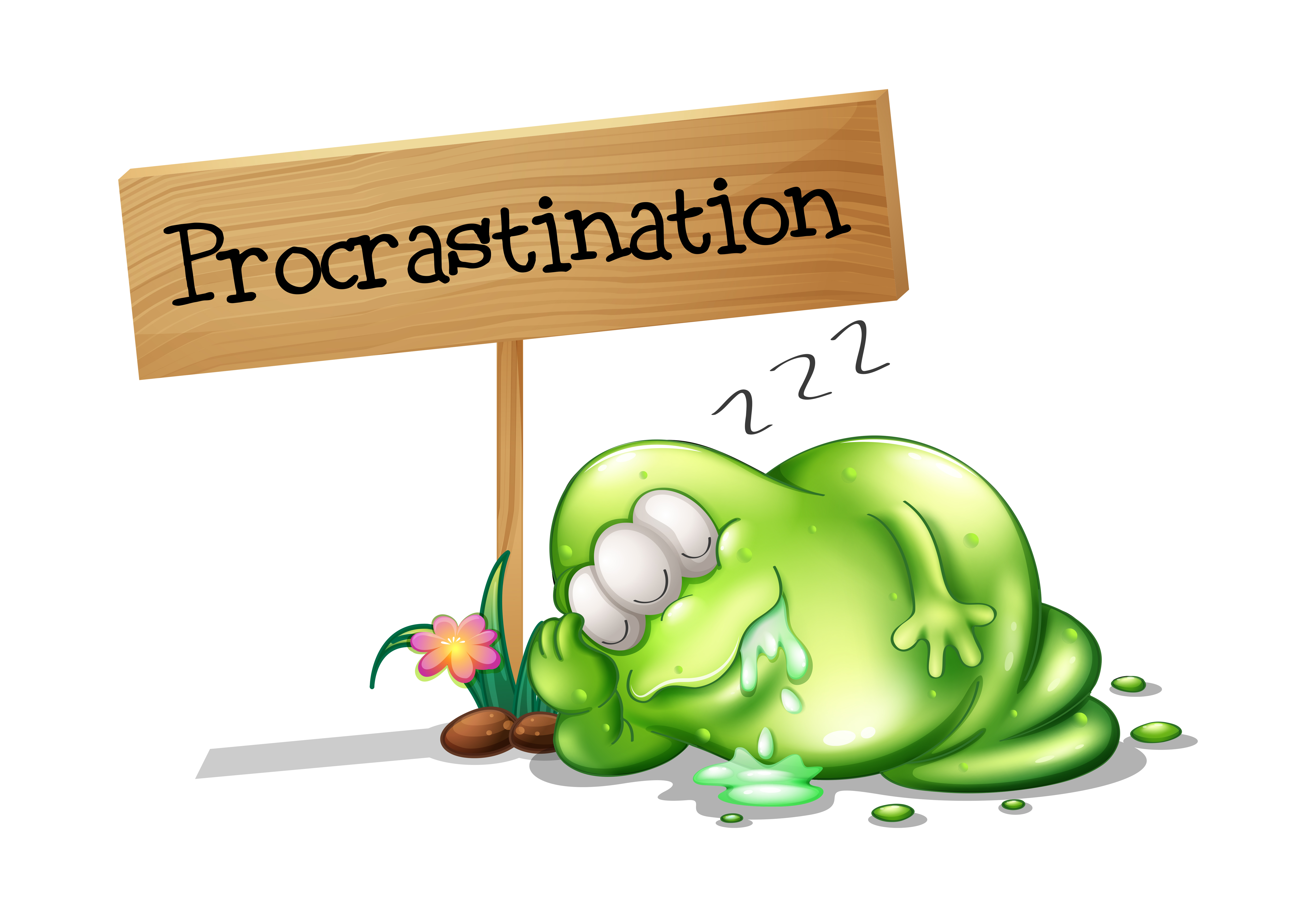Do you ever find it hard to communicate your thoughts clearly or even harder, to feel truly understood? If so, you’re not alone. The problem isn’t just the words you say; it’s how you communicate. Many of us assume that talking is the same as communicating, but that’s far from the truth. Real communication begins with understanding your own thoughts, intentions, and emotions and anticipating how they might be received. Without this awareness, your message can get lost, misunderstood, or ignored.
Effective communication isn’t about speaking perfectly or impressing others; it’s about connecting deeply. When you master the art of clear expression, even the toughest conversations become opportunities to build trust, resolve conflict, and create genuine connection. In this guide, we’ll explore how to move beyond simply talking to truly communicating and why it matters in every part of life.
Before speaking, take a moment to understand your message. What do you want the other person to walk away with — information, comfort, resolution, or alignment? Clear intent shapes clear words. If you speak without knowing your purpose, you risk confusing others and yourself.
Practice gaining clarity through simple tools like journaling or recording voice notes. Talk it out with yourself before you talk to someone else. Organize your main points and check if they match your intended goal. The clearer your thoughts, the more confident and focused your communication will be and that clarity invites better understanding.
- Understand the Type of Conversation
Every conversation serves a different purpose and understanding
which type you're in changes how you respond. Are you trying to solve a problem? Express emotions? Or explore deeper values and identity?
Misreading the type can lead to frustration. You might try to fix something when the other person just wants to be heard. Pause and ask yourself:
What is this really about? Conversations about feelings need empathy. Ones about identity require respect and reflection. Tailoring your approach to the conversation’s nature helps you meet the moment with the right mindset and tools.
Good communication starts with listening. Before you speak, observe — what’s the tone in the room? What’s being said, and just as importantly, what’s being
felt?
Listening shows respect and builds trust. Use eye contact, nods, and short verbal cues like “I see” or “That makes sense” to signal you're fully present. Don’t rush to offer solutions or opinions. Often, people simply want to feel heard before they’re ready to hear you. When you listen first, your words land better because they come from a place of understanding, not assumption.
- Speak Simply, Speak Directly
Clear communication isn’t about sounding smart, it’s about being understood. Over-explaining or using complex language can dilute your message. Instead, focus on being concise and intentional. Say what you mean in plain terms, without circling around the point.
That doesn’t mean being blunt or cold. You can be kind and still direct. Simplicity shows respect for the listener’s time and attention. When your words are easy to grasp, your message becomes easier to remember and harder to misinterpret.
- Ask Questions Instead of Assuming
Assumptions are shortcuts that often lead to misunderstanding. Instead of guessing what someone thinks or feels, ask. Curiosity opens the door to honest, respectful dialogue.
Questions like “Can I clarify something?” or “How did that come across to you?” show you care about accuracy and mutual understanding. They prevent conflict and deepen connection. When you ask rather than assume, you also give the other person space to express themselves fully. It’s not about catching them off guard, it’s about listening with intention and engaging with openness. Curiosity is the foundation of thoughtful communication.

- Pay Attention to Nonverbal Signals
What you say matters but how you say it often speaks louder. Your posture, facial expressions, and vocal tone all shape how your message is received. Keep your body language open and relaxed to signal approachability. People are more likely to engage with you when they feel understood. Mirror the listener’s emotional state with empathy, not imitation. If someone sounds frustrated, acknowledge it gently, “It sounds like that really frustrated you” validates their feeling without judgment. When you respond with emotional awareness, you move beyond words and create real human connection.
- Use Stories and Concrete Examples
Ideas stick better when tied to something real. Abstract language can feel distant or confusing but stories, examples, and metaphors make your message relatable and memorable. Use metaphors to bring clarity (“It’s like steering a ship together”) and visuals like diagrams or bullet points to ground your message. A good rule of thumb? Explain important points in three ways: a metaphor, a real-life example, and a clear summary. This approach ensures your audience stays with you and remembers.
Not every comment needs an instant reply. In fact, thoughtful pauses can be more powerful than fast responses. When emotions run high or topics are complex, take a breath before speaking. This gives you space to think clearly and respond with intention, not impulse. Silence isn’t awkward, it’s a tool. It shows you're considering what was said, and it invites others to do the same. Use the pause to reflect, gather your thoughts, and respond with clarity. It demonstrates confidence, patience, and care — all essential ingredients for meaningful conversation.
- Make It a Conversation, Not a Performance
Communication isn’t a solo act, it’s a shared space where ideas are exchanged, not delivered. If you dominate the dialogue, others may tune out or feel unheard. Instead, aim for balance. Invite others to speak. Ask for their thoughts, and make space for different perspectives. When people feel part of the conversation, they’re more open, honest, and engaged. When you treat communication as a two-way street, you build trust and create room for real understanding to grow.
- What Happens When You Don’t Communicate Well?
Poor communication doesn’t just create confusion, it breaks trust, delays action, and strains relationships. When clarity is missing, people make assumptions to fill the gaps. And those assumptions? They’re often wrong.
Here’s what can go wrong:
- Misunderstandings cause unnecessary tension.
- Frustration builds when people don’t feel heard.
- Important ideas get overlooked or dismissed.
- Progress stalls as decisions hang in limbo.
- Emotions fester and eventually erupt.
Whether at work or at home, unclear communication carries a cost. That’s why learning to express yourself clearly isn’t just a “nice to have” — it’s essential. It protects your peace, strengthens your relationships, and helps you move forward with confidence.
Bonus Habits to Practice
Clear, meaningful communication is a skill and like any skill, it improves with consistent practice. Here are four habits that can strengthen how you express yourself every day:
- Prepare ahead of time for high-stakes conversations. Think through what you want to say, anticipate possible reactions, and outline your key points. Preparation builds confidence and clarity.
- Practice active listening, reflect and validate before responding. Before offering your opinion, show that you’ve understood. A simple “What I’m hearing is…” can go a long way.
- Build emotional intelligence through reflection and empathy exercises. Pay attention to how you react in conversations. Ask yourself, “What emotion was behind that response?” The more you understand your own emotions, the better you’ll understand others’.
Conclusion:
Whether you're on a ship in the middle of the ocean or in a meeting room on land, the ability to express yourself clearly is essential. For seafarers, communication isn't just about giving orders or reporting data, it's about building trust in tight quarters, resolving conflicts during long voyages, and creating a supportive environment where everyone feels seen and heard.
But these principles go far beyond the sea. In everyday life, at home, in offices, in relationships — mastering clear expression can transform how we connect. It prevents misunderstandings, builds stronger teams, deepens personal bonds, and makes problem-solving faster and more respectful. That’s the heart of communication.
In a world full of noise, clear communication is a quiet superpower. And the best part? It’s a skill anyone can learn and everyone benefits from.





